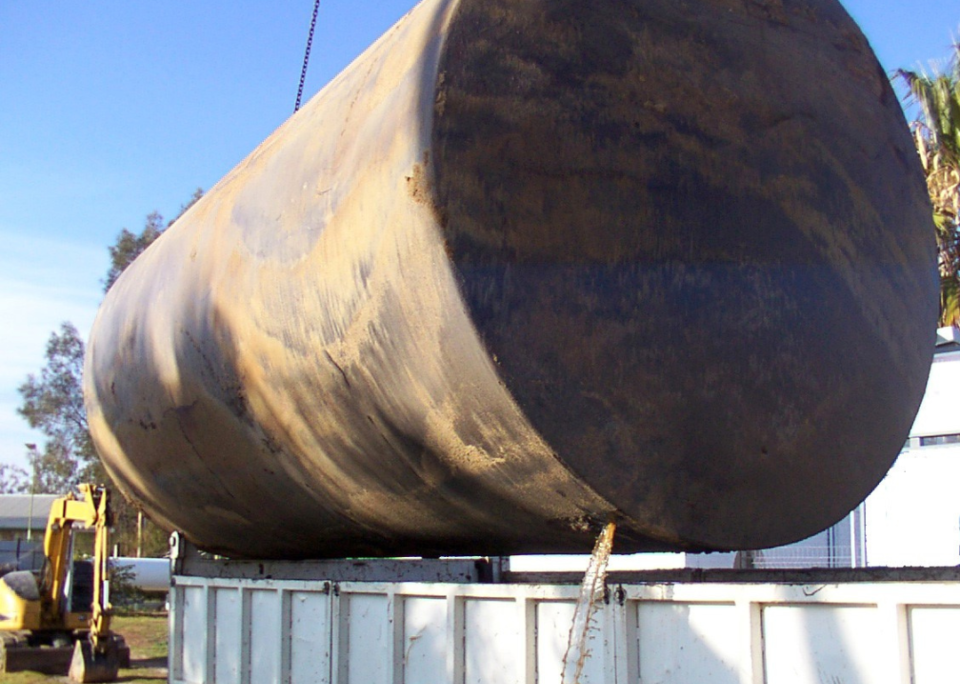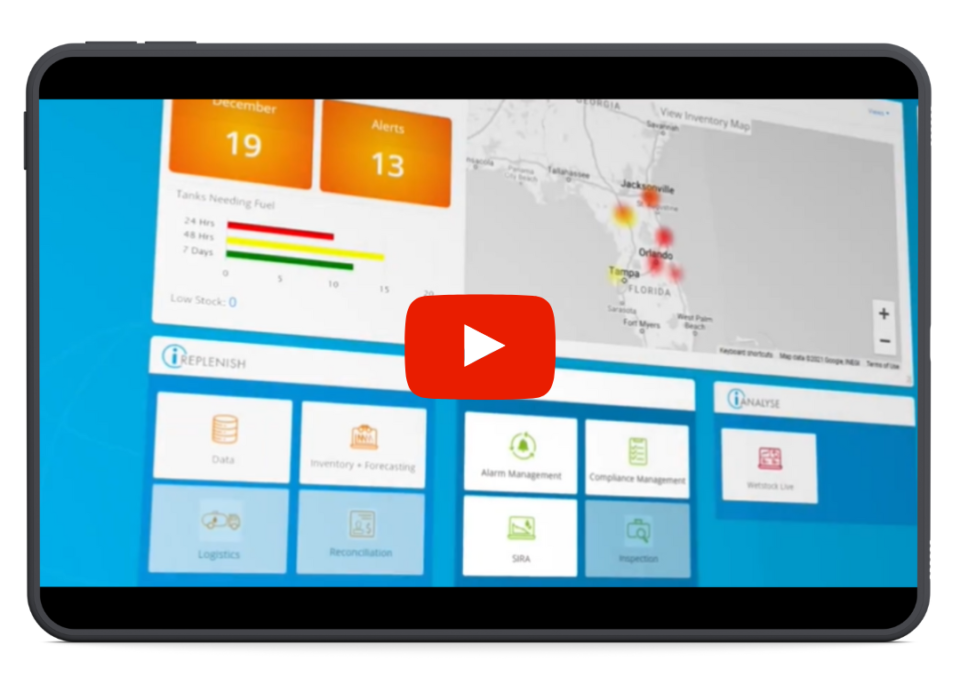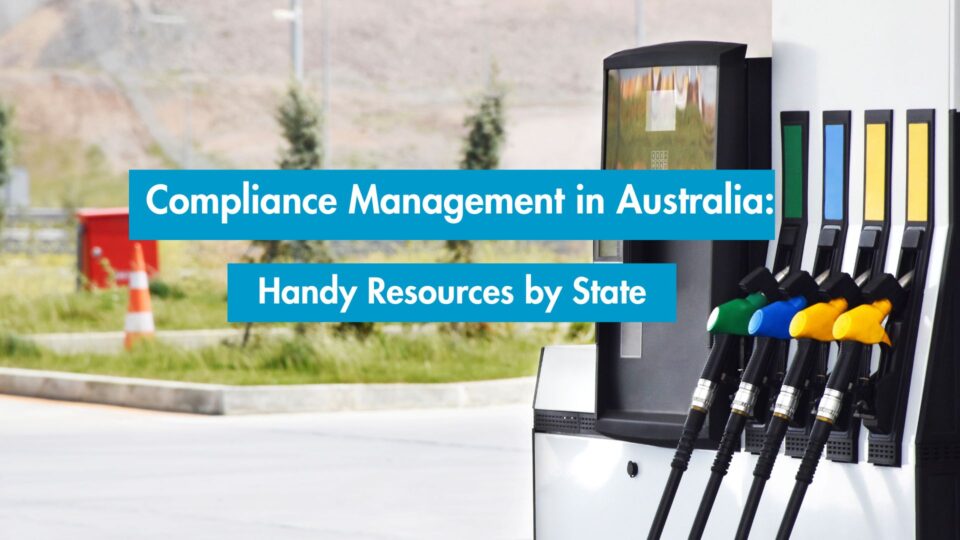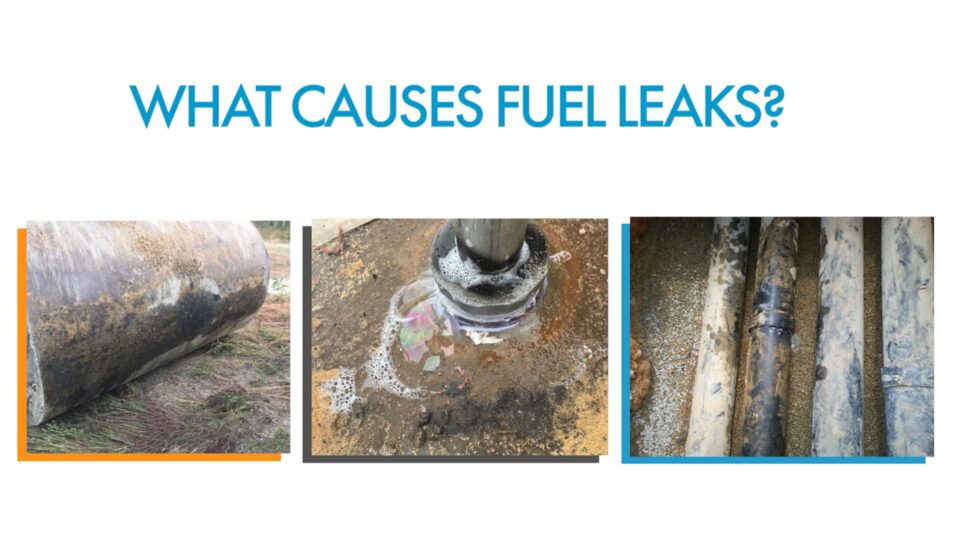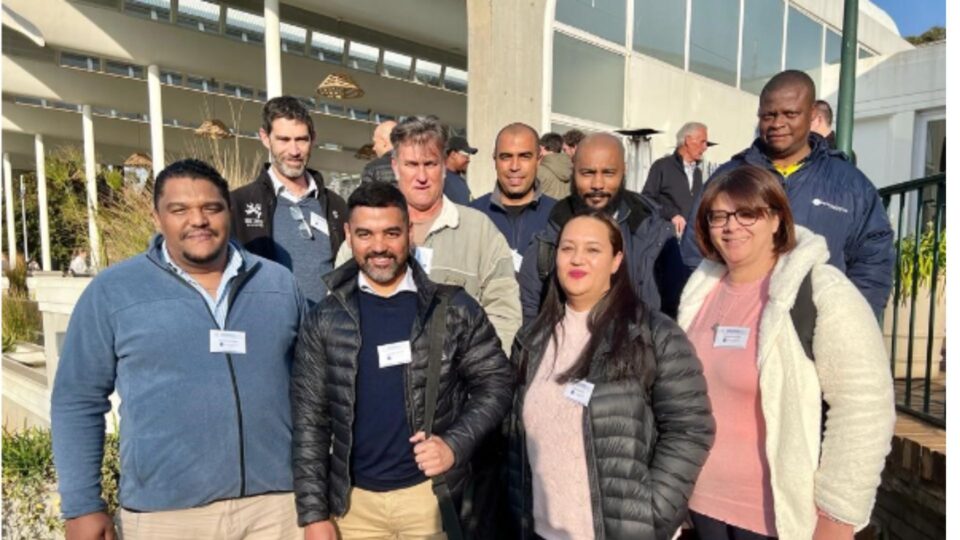- 05.05.2023
- Wetstock Live
SIRA Refresher
Articles
SIRA Refresher
As a fuel retailer, leak detection is a crucial responsibility to protect your business and prevent fuel loss.
As your SIRA software provider, we thought it useful to provide a brief refresher on the ‘nuts and bolts’ of this critical form of compliance monitoring.
Why? Because while you may be using SIRA for leak detection, if the data you’re submitting is inaccurate, incomplete or if you’re not reviewing your monthly reports, you might be failing compliance or failing to detect potential issues at your site.
SIRA is more than environmental compliance. It’s a way to reduce fuel losses and better manage equipment maintenance. And if you’re identifying and preventing fuel losses, you’re selling more fuel and generating higher revenue for your business.
In this issue we’ll cover:
- What is SIRA?
- Why is SIRA important?
- What are your compliance obligations in Australia?
- What are the results you can get?
- What to do if you get a “FAIL”?
- What to do if you get an “INCONCLUSIVE”?
What is SIRA?
Statistical Inventory Analysis (usually referred to as SIR or SIRA) is a best practice method of loss monitoring for underground petroleum storage systems (UPSS) recognised and used around the globe.
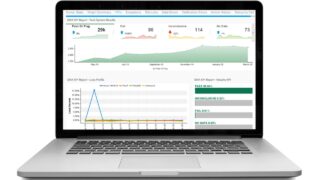
It uses sophisticated computer software to conduct ongoing statistical analysis of fuel inventory, delivery and dispensing data, based on data inputs from your ATG or manual dipping methods, back office system (BOS)/point of sale (POS) system, and delivery dockets.
Once this data is analysed, trained professionals provide the UPSS owner or operator with monthly results via Leighton O’Brien’s (LOB) proprietary software.
This reports the compliance status of your tanks: PASS, FAIL or INCONCLUSIVE, and flags any data inconsistencies or possible leaks that you should investigate.
Through this wetstock analysis fuel retailers can detect much smaller leaks with a high level of accuracy than any other data-based method. For example, our SIRA solution can detect leaks as small as 0.189 litres per hour (that’s half a can of Coke) with greater than 99.6% accuracy.
SIRA is a comprehensive and effective management tool recognised across the industry which helps reduce the risk and cost of managing fuel systems by detecting leaks from the UPSS, fill piping, suction piping and dispensers.
Why is SIRA important?
Ignoring fuel loss can be very costly for your business. Leaks and spills don’t just hurt the environment; they can come at a cost in lost stock and expensive clean-up bills.
Regular monitoring for unexpected losses of fuel (or gains of water) in underground tanks and pipes will help detect any leaks as early as possible. Without monitoring via a robust method, you could be losing hundreds of litres every month without even realising anything is wrong.
What are your compliance obligations in Australia?
Polluting the environment is a crime. The law requires all business owners, including fuel retailers, to take all reasonable precautions to prevent damage to the environment.
Regulations, and who enforces them, will depend on which state you’re operating in. As a minimum you should meet the Australian Standard (AS4897-2008) which includes information on UPSS design and management to prevent and detect leaks.
As a retail fuel site owner/operator you must have:
- a third-party certified monitoring system in place for early detection of fuel loss
- a detailed process in place to investigate loss of fuel.
Some handy resources are here:
- NSW: Information for UPSS operators, including the state legislation and a helpful compliance self-evaluation
- VIC: Information for UPSS operators (including a monitoring for leaks checklist and how to prepare for an inspection), as well as Publication 888.4: The design, installation and management requirements for underground petroleum storage systems:
- ACT: Environmental Guidelines for Petroleum Storage in the ACT (June 2019):
- WA: Dangerous Goods Safety (Storage and Handling of Non-explosives) Regulations 2007:
- TAS: Environmental Management and Pollution Control (Underground Petroleum Storage Systems) Regulations 2020:
- QLD: Legislative obligations and safety requirements for petroleum and gas.
What SIRA results you can get?
1. PASS
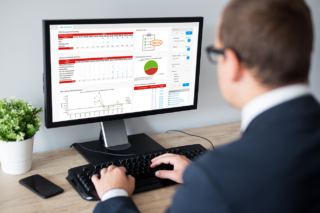
- Analysed data indicates the UPSS is not leaking beyond detection requirements.
- This occurs when the calculated inventory trends report acceptable levels, indicating there are no significant losses in the fuel inventory.
- This is the ideal outcome as it confirms your inventory management practices are working effectively and the integrity of your hardware relating to storage and fuel dispensing is operating as expected.
2. FAIL
- Analysed data indicates a potential loss of product from the fuel system or an influx of water across a continuous period beyond what is considered to be normal.
- This occurs when the calculated variance trend exceeds normal allowances, indicating there may be some fuel losses.
- A FAIL does not necessarily indicate that your UPSS is leaking fuel to ground. Higher than normal losses can be caused by a range of factors, such as mis-calibrated dispensers, inaccurately metered deliveries, fuel theft or data errors such as missing sales.
- For a FAIL result, further investigation is needed to identify the cause of the loss and take appropriate corrective action.
3. INCONCLUSIVE
- An INCONCLUSIVE result means the data provided by you is inaccurate or incomplete, and therefore it’s not possible to determine if your site is PASSING or FAILING.
- Inaccurate information can often be traced back to human error, poor tank dipping or administration practices. It’s important to ensure that you’re submitting accurate, consistent and reliable data to us.
- An INCONCLUSIVE result means that you’ve failed to perform leak detection on the tank for that month and therefore you are non-compliant with UPSS regulations.
What to do if you get a FAIL result
While receiving a FAIL can be concerning, it’s important to remember it doesn’t necessarily mean that your tank has a leak. However, you must exercise due diligence by investigating all possible reasons as soon as possible to understand what’s causing this discrepancy.
Here’s some steps we recommend you take:
- Investigate the cause: Try and identify the source of the loss by reviewing your data including delivery receipts, sales data and tank gauges, and compare them to your SIRA report. Look for any irregularities or patterns that could explain the variances, such as errors in data recording.
- Pump and Tank Register: Are there any pumps out of order? Are all the pumps functioning correctly (and not stuck or jammed)? Do you know when your meters were last calibrated? If they have not been checked in the last 3 months or thereabouts, consider getting them re-checked.
- Deliveries: Is the correct date and time being entered into the POS when the delivery is entered? The delivery should reflect when it was dropped into your tank which may not be the same date it was loaded at the terminal or depot.
- Stock control procedure: Are readings entered straight into the computer system after dipping without any delay? Is the correct time and date being entered into the POS when dips are entered?
- Security: Does your system keep a log of when the pumps are put into manual mode? Is there a possibility that sales are occurring that are not being reconciled?
- Test for leaks: if the FAIL cannot be linked to data or equipment problems, you may need to have the system tightness tested, or the site checked for evidence of a leak (such as sampling in the excavation zone). For further information on tank and line testing or to request a quote, email info@leightonobrien.com
The aim of the above steps is to identify the problem that is causing the losses. Any issues you find while conducting your investigation should be addressed in a timely manner to ensure the information submitted in the next SIRA report is correct.
Once your next SIRA report is published, you should check your results to understand if the issues addressed were the ones causing the losses, or if further action is required.
If you have any questions, reach out to our team at lobsupport@leightonobrien.com and a ticket will be created to assist you.
What to do if you get an INCONCLUSIVE result
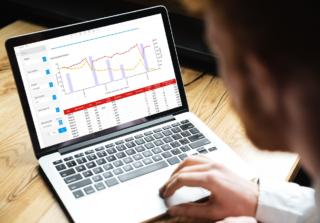
An INCONCLUSIVE result is often due to inconsistencies with the data. However, as mentioned, an inconclusive result means you’ve failed to perform leak detection on the tank for that month, so action must be taken immediately to address the cause/s.
INCONCLUSIVE results are concerning because they could be hiding issues given you don’t have visibility about what’s going on inside your fuel system.
Here’s some questions to work through as part of your investigation:
- Is your data correct? Check the data submitted for your SIRA report is accurate and up to date. Ensure all fuel deliveries, sales data, and tank gauge measurements are recorded correctly, and there are no errors or omissions.
- Which delivery figure are you recording? Since all other components of the fuel system (sales and dips) are captured at ambient temperatures, SIRA requires the ambient delivery volume to be recorded for analysis. The ambient volume should be available on the delivery docket.
- What time do you enter the dip figure into the back-office system (BOS)? You should try to enter dips into the BOS as close to completion of end of day (EOD). The time taken to enter dips into the system and close off of sales should be minimised to reduce any variance from sales that may occur between completing the two EOD processes.
- Are there any missing sales or transactions that are not accounted for on the POS? Inaccurate or missing sales that go through the system will increase the day variance for that given day. They may also cause unnecessary FAILS.
- Are all of the pumps functioning correctly (and not stuck or jammed)? A pump that is not functioning correctly may have some impact on the quality of data being captured or variances being seen in the data.
- Are you submitting ‘real’ data? Some amount of variation at each EOD can be expected. Zero variances or zero dips may indicate that a correct EOD has not been conducted and the gauge calculated dip and/or delivery has been submitted. This practice should be avoided as it’s likely to be detected and return an INCONCLUSIVE result.
As with a FAIL result, the key objective with an INCONCLUSIVE investigation is to identify the problem that’s causing the data issues so it can be resolved and therefore the data submitted for the next month’s SIRA report is correct and a definitive result can be declared.
Again, if you have any questions, reach out to our team at lobsupport@leightonobrien.com and we will assist you.

